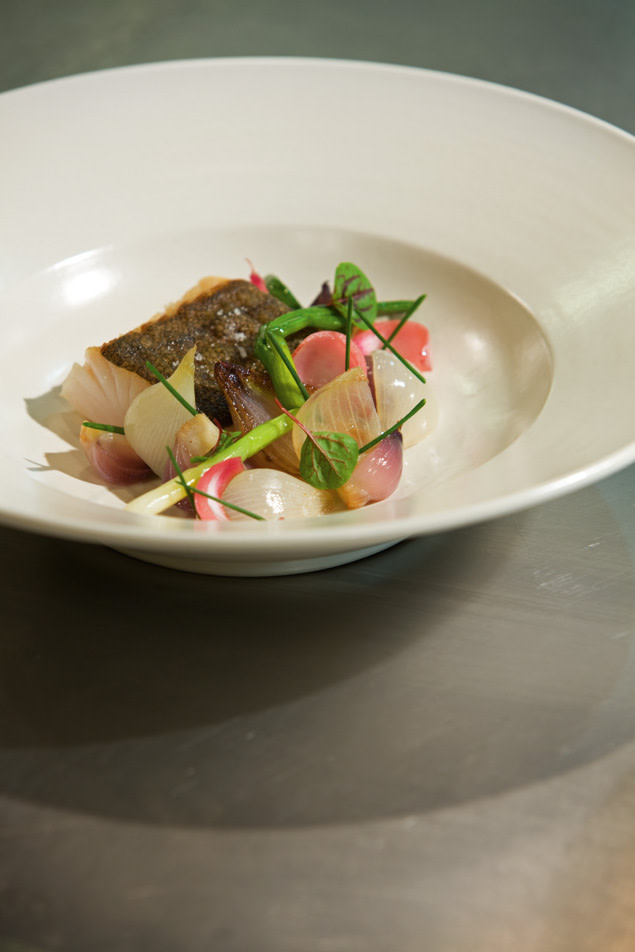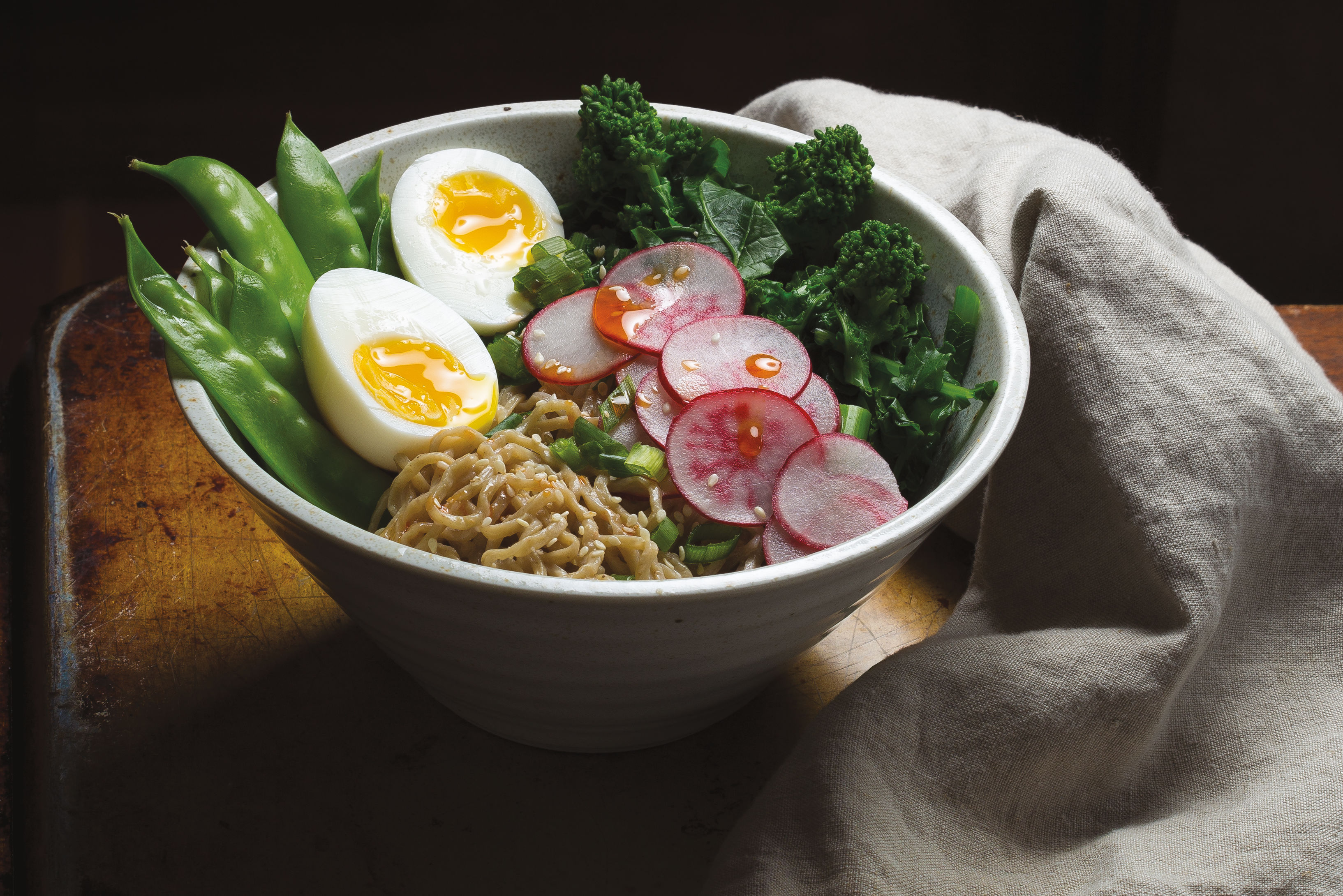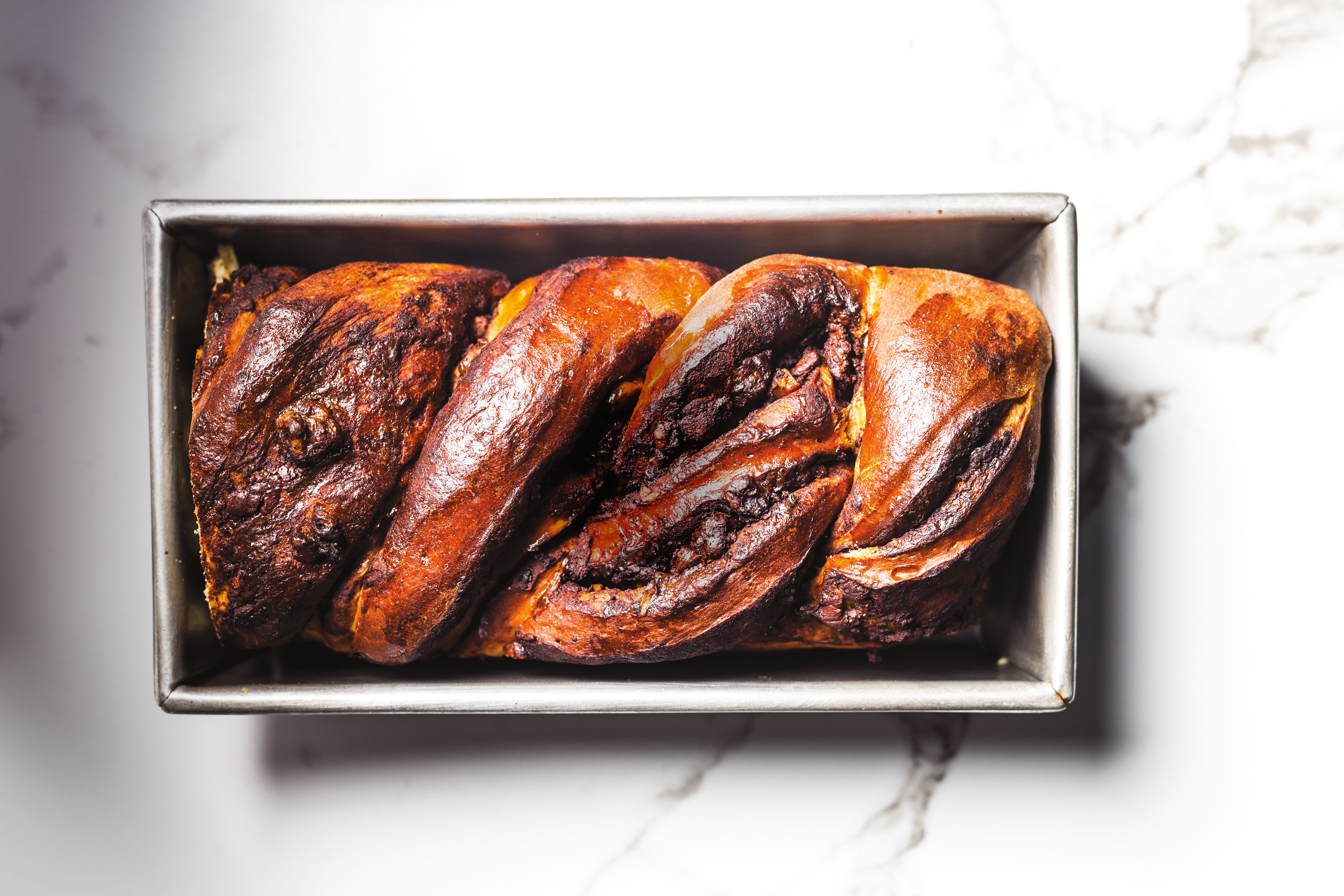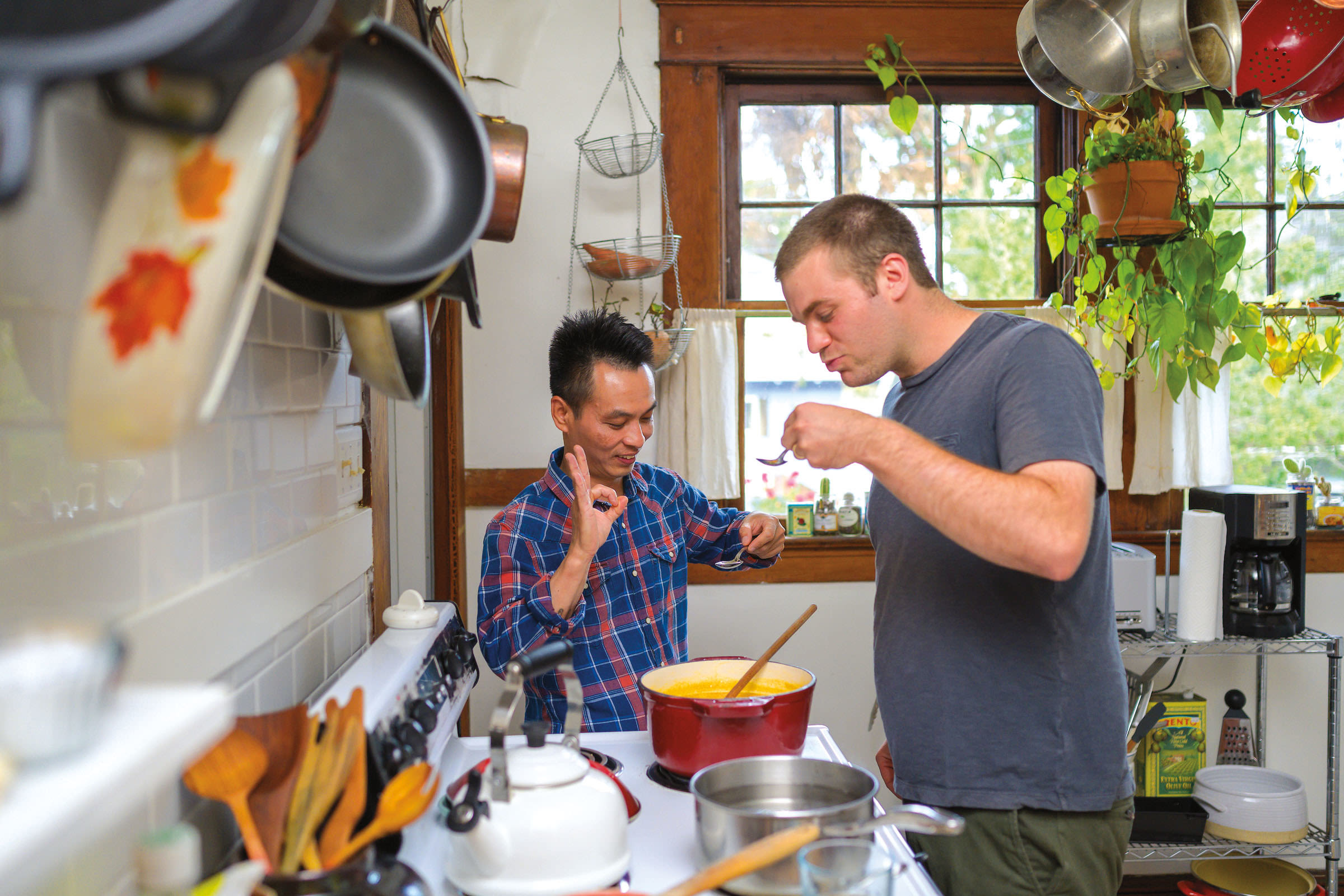Roots Rock

There’s a reason so many fruits and vegetables feature prominently in the history of art: They’re sexy. Ripe, yielding tomatoes; blushing, winsome apples; sumptuous beds of greens. But in art as in life, not everyone is invited to the party, and root vegetables—knobby, pale, dirt-encrusted—never seem to get their day in the sun. What they lack in sex appeal, though, they make up for with other, more earthly charms: versatility, tummy-filling bulk and the timeless allure of simple sugars. In fact, culinary roots are among the best of winter’s precious few offerings, and the time is right to sample a few of the lesser-known specimens: parsnip, turnip and rutabaga.
There’s something about "parsnip"—the sound of the word evoking unappetizing words like parson, snit, snippy—that puts us off. Something vaguely English, though it would be a shame to associate this misunderstood root with that dreariest of cuisines. In fact, parsnips are anything but dull, combining pronounced sweetness with a singular, nearly tart characteristic.
Conical and ridged, parsnips resemble white carrots. They played a role in the early history of the nation, having been brought to Jamestown by the first wave of English settlers. John Randolph’s 1765 Treatise on Gardening by a Citizen of Virginia, believed to be the first American book on kitchen gardening, contains a valuable hint on their usage: "They are not sweet till bit by the frosts." In other words, now’s the time to get cooking.
Parsnips are excellent boiled and mashed like potatoes (or combined with that milder tuber), but they thrive with most any treatment: braised in a soy-spiked broth, roasted with butter and garlic cloves, even fried à la pommes frites. And like any root, they’re done when the tip of a knife passes through them easily.
If parsnips suffer from the whiff of Englishness, turnips are a wholesomely American food, even if their association with the poverty of the Deep South has unfairly dented their reputation. In fact, the turnip possesses a pleasingly forward spicy kick, not unlike that of the radish, to which it’s related. It’s also faintly reminiscent of jicama, in that it combines a high water content with crunchy, sweet flesh. Of course, the "root"—technically the swollen base of the stem—is only half the equation, as turnip greens have long been consumed on their own merits; many varieties are grown for this purpose alone.
Like parsnips, turnips can be boiled and mashed, and they take particularly well to pickling with a quick bath in hot seasoned vinegar. Emphasize their spicy notes by sautéing diced turnips with bold flavors like ginger and garlic or cumin and yogurt, or braising chunks with olive oil and sweet pomegranate molasses, available at Middle Eastern markets. Minimalists can enjoy a dish beloved since the earliest days of Rome: whole turnips roasted with a dab of oil and coarse salt.
Betraying the root’s international appeal, the rutabaga is known as the swede across the water, derived from the Swedish rota bagge, or "red bag," a reference to its purplish blush. Botanically speaking, the rutabaga is closely related to the turnip, but you’ll find its texture and flavor more akin to that of the firm, caramelly sweet potato. Perhaps it was the familiar flush of orange flesh that inspired early Halloween revelers to substitute pumpkins for the original jack-o’-lantern: a hollowed-out rutabaga filled with glowing coals.
Distinguished by rosy, buff-to-amber-hued skin crowned with a ring of purple, the rutabaga is altogether milder and sweeter than the turnip. Once again, standard treatments—boiling, mashing and roasting–work well with rutabaga, but its essential sweetness and ability to absorb other flavors make it a natural foil for other, more striking ingredients. Try baking it into a gratin with potatoes, onions and blue cheese, or purée steamed or boiled rutabaga into a dynamite winter warmer of a soup.
Sadly, the ubiquity of the potato means that parsnips, turnips and rutabagas are often ignored; the resurgence of heirloom russets and fingerlings especially has cast a shadow on these three equally fine examples of winter’s buried bounty. But like the potato, they are as adaptable as your imagination. It would be a shame to let the season pass without getting back to your roots.




